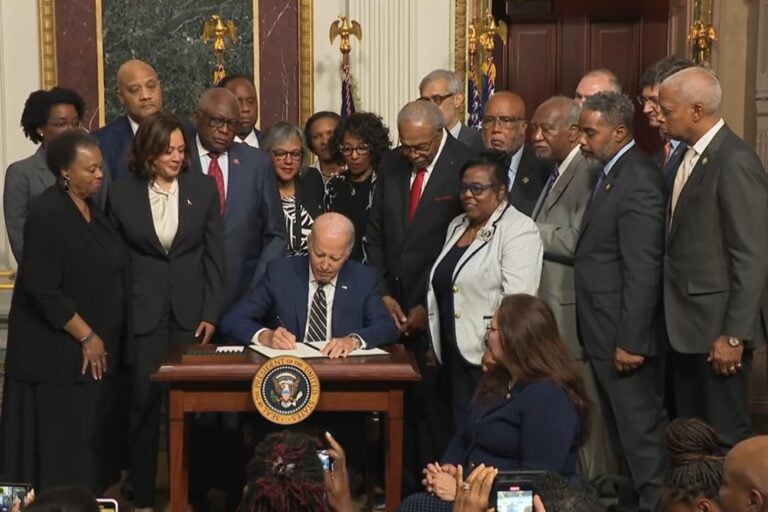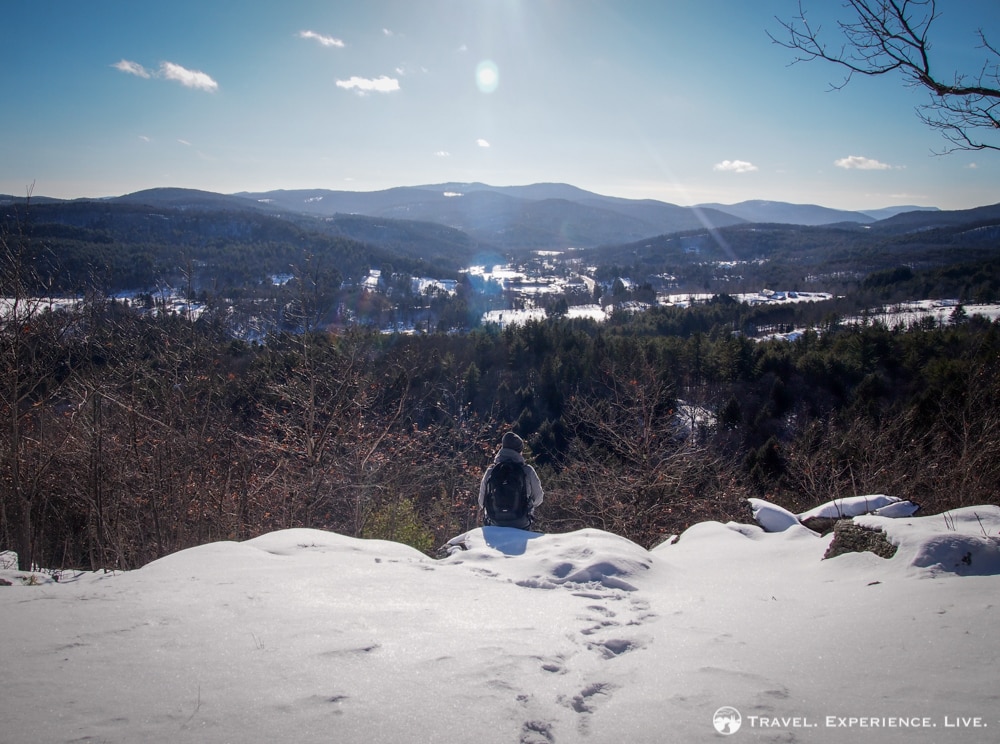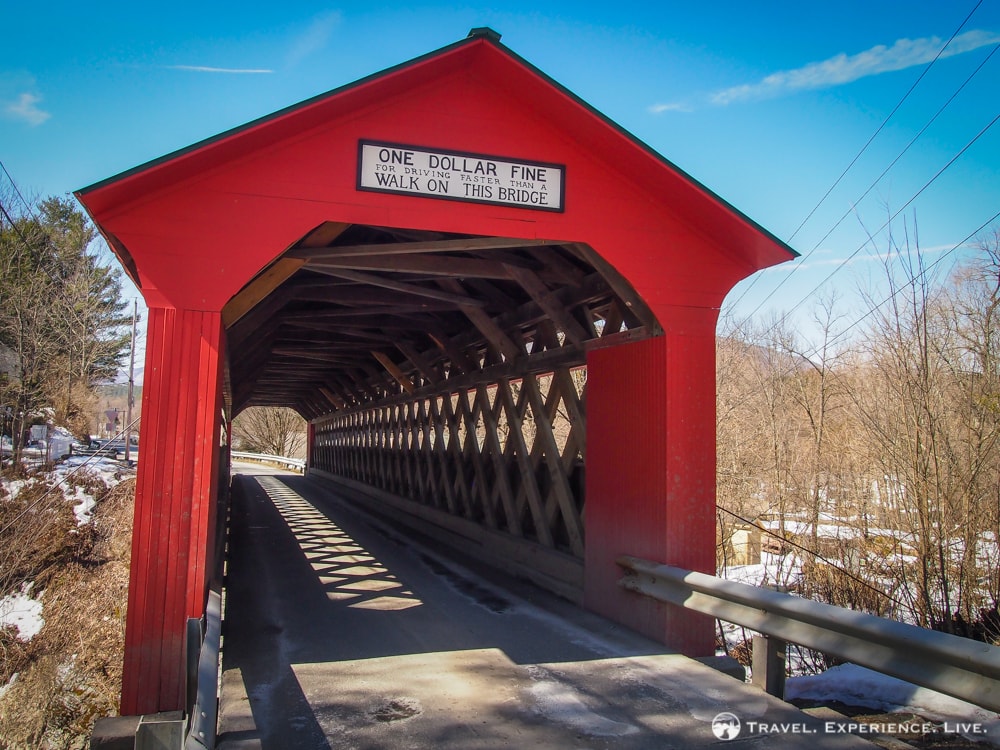Yellowstone National Park Smashes More Visitation Records in September and Year-to-Date
This news story about the latest Yellowstone visitation records is based on October 13 and 14, 2021, National Park Service press releases. You can read the original releases here.
The National Park Service announced on Wednesday, October 13, that Yellowstone National Park broke its September visitation record. This is yet another in the list of Yellowstone visitation records that were broken in 2021.
Yellowstone Visitation Records Continue to Be Broken in 2021
Specifically, there were 882,078 recreation visits in Yellowstone National Park in September 2021. This is a 5% from September 2020 (837,114 recreation visits) and 27% increase from September 2019 (693,118 recreation visits).
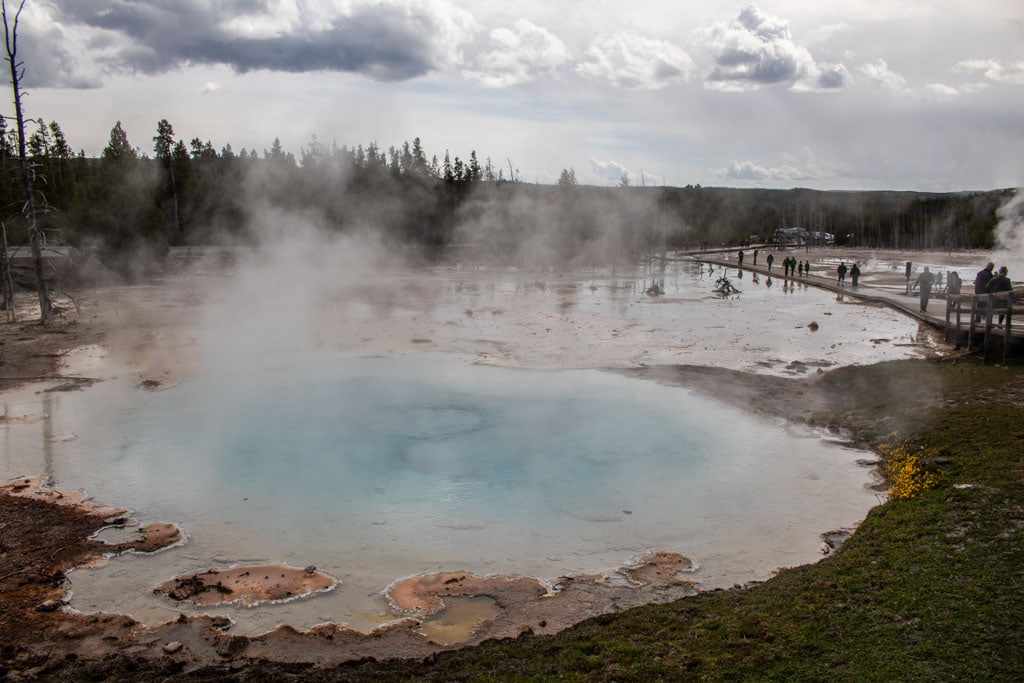
This past September was by far the busiest September on record in Yellowstone National Park. This is totally in line with other 2021 summer months in the park.
July, for example, was the most-visited month in the history of Yellowstone, hosting 1,080,767 recreation visits. That was the first time ever that Yellowstone received over a million visitors in just one month.
These new numbers from September bring the year-to-day total of recreation visits in Yellowstone National Park to 4,472,982.
Note that this is through September and there are still three months to go, although those fall and winter months are typically much quieter.
This is the first time in Yellowstone’s history the park hosted more than 4 million visits from January through September, one of the most mind-blowing Yellowstone visitation records so far.
Yet, visitation in Yellowstone through September 2021 has already surpassed the previous annual record, which was a total of 4,257,178 recreation visits in 2016.
Overview of Recent Year-to-Date Recreation Visits in Yellowstone National Park
The list below shows the year-to-date trend for recreation visits over the last several years (through September):
- 2021 – 4,472,982
- 2020 – 3,393,642*
- 2019 – 3,807,815
- 2018 – 3,860,695
- 2017 – 3,872,775
- 2016 – 3,970,778
Yellowstone National Park Superintendent Cam Sholly said that “never in Yellowstone’s history have we seen such substantial visitation increases in such a short amount of time.”
He added that the park “will continue working with […] teams and partners to develop and implement appropriate short- and long-term actions for managing increasing visitation across the park.”
Sholly also extended his thanks to the teams in the park for their commitment to work through a record visitation year, which, of course, also came with significant workforce challenges due to COVID-19.
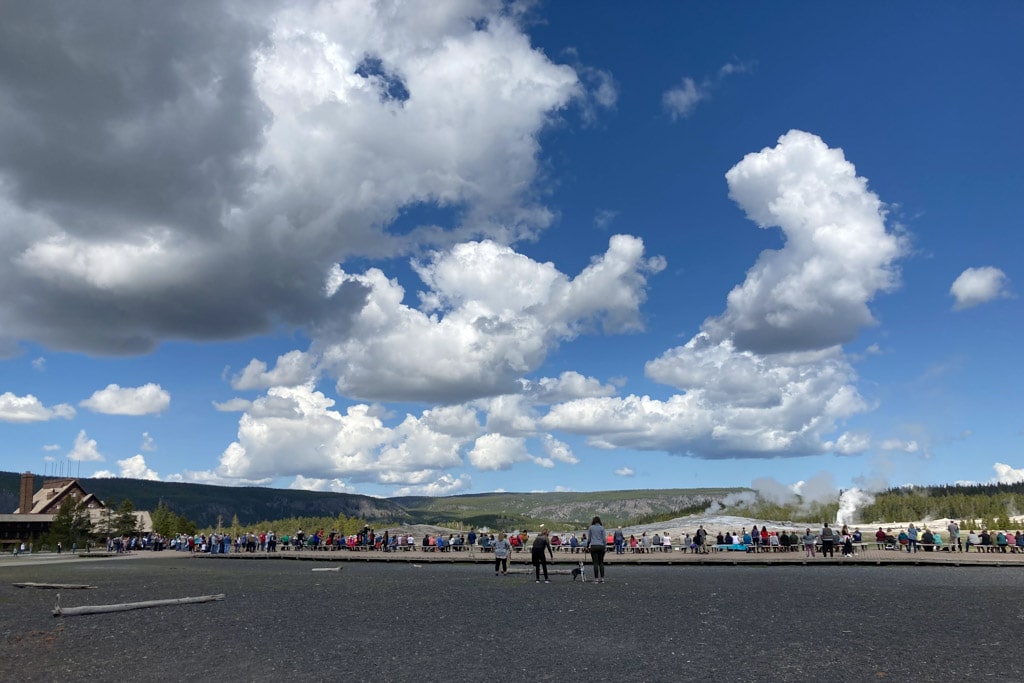
Affected Areas: Developed Corridors
Yellowstone’s road corridors and parking areas equate to less than 1,750 (0.079%) acres of the park’s 2.2 million acres. Most visitors stay within a half mile of these corridors.
Visitor Use Strategy
Yellowstone’s visitor use strategy, developed in 2019, focuses on the impacts of increasing visitation on:
- park resources;
- staffing, infrastructure and operations;
- visitor experience; and
- gateway communities, including economic and recreational access.
The park is concentrating on the most congested places in Yellowstone National Park, including Old Faithful, Midway Geyser Basin, Norris, Canyon rims and Lamar Valley.
Actions
The park has developed a comprehensive resource tool to monitor and respond to impacts on resources.
For instance, the park piloted an AV shuttle system in 2021, moving over 10,000 visitors at Canyon Village and testing technology that could be used in the future. A major shuttle feasibility study is underway to analyze the viability of a shuttle system in the Midway Geyser Basin corridor.
Yellowstone National Park is also taking advantage of data derived from recent major visitor surveys and transportation studies. This information will inform future decisions, while the park is working closely with adjacent Grand Teton National Park on future solutions since both parks substantially share visitation each year.
Yellowstone has completed over $100 million in projects over the past two years to improve transportation infrastructure, reduce traffic congestion and enhance visitor experiences.
Substantial additional investments will continue in 2022 and 2023 in multiple areas of the park as part of funding received from the Great American Outdoors Act.



